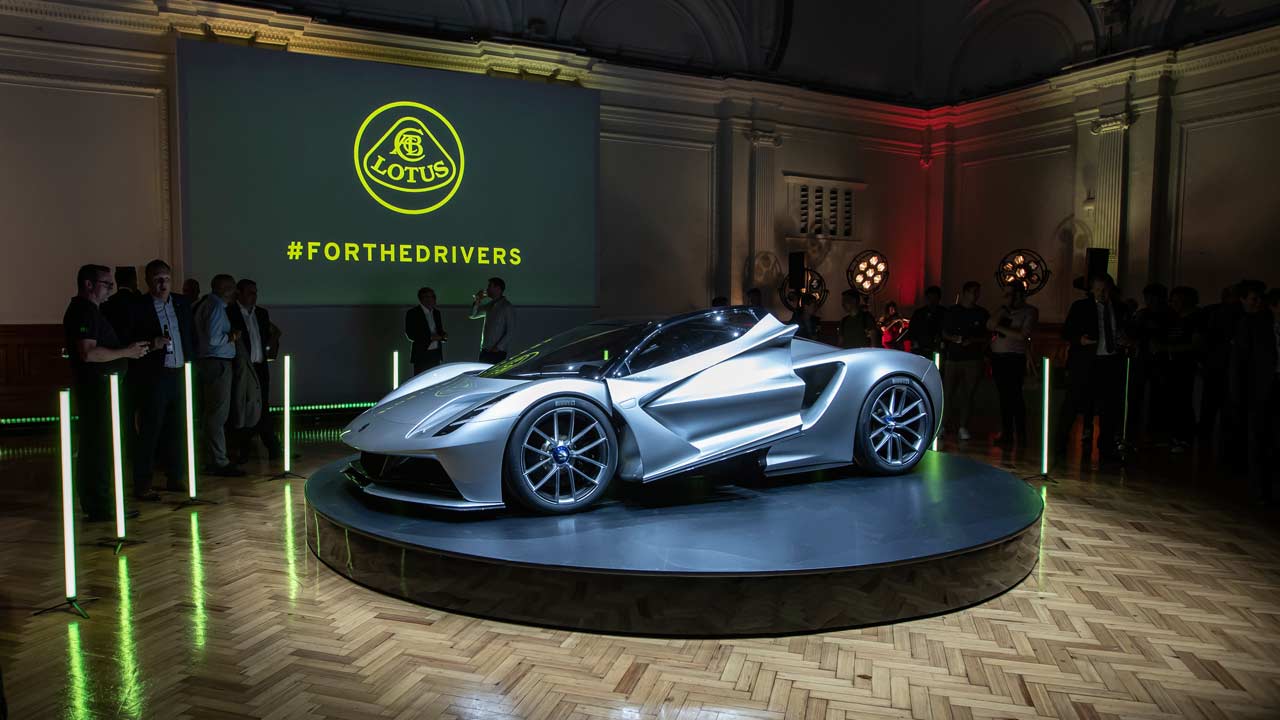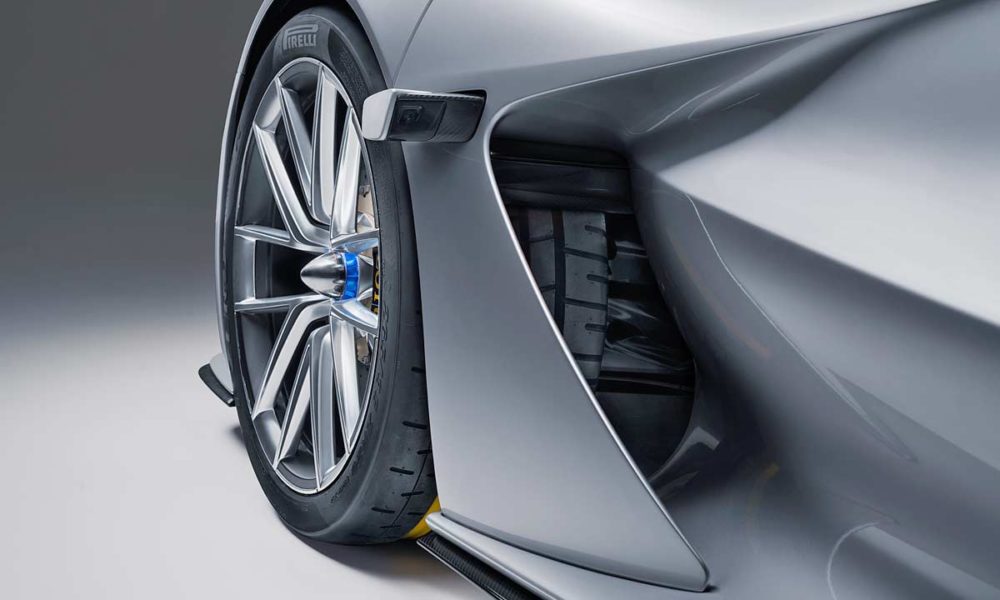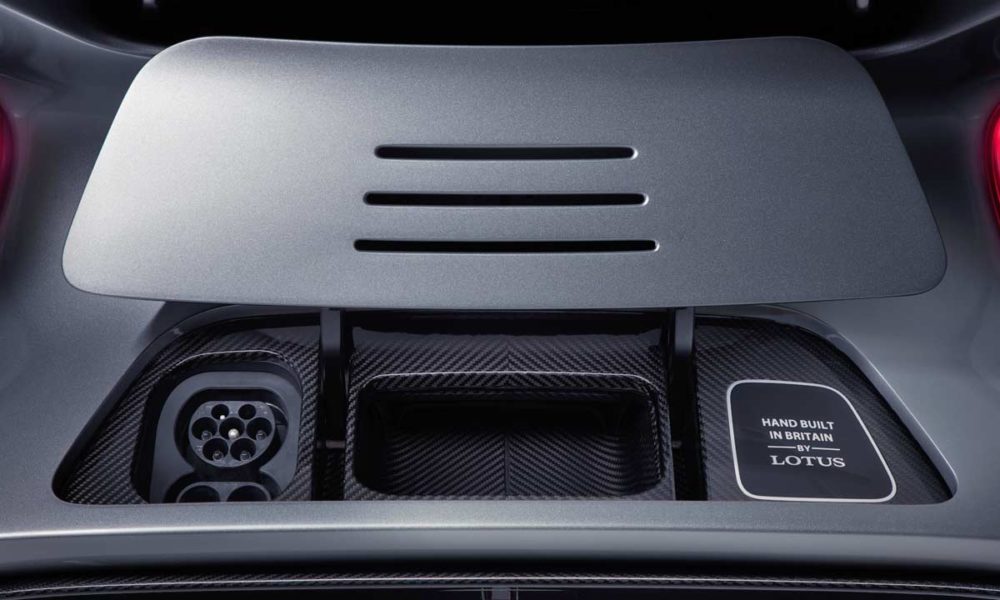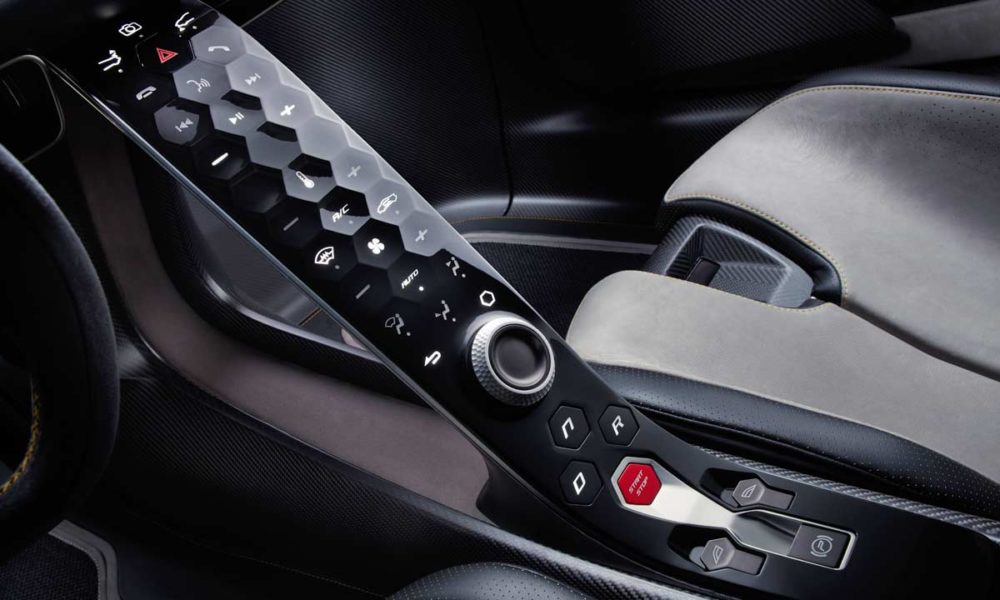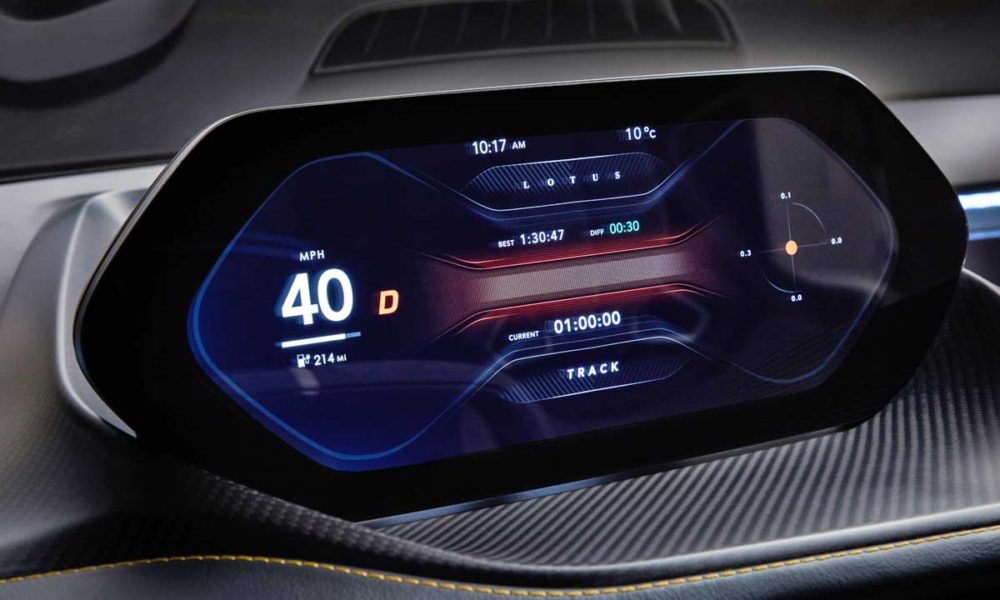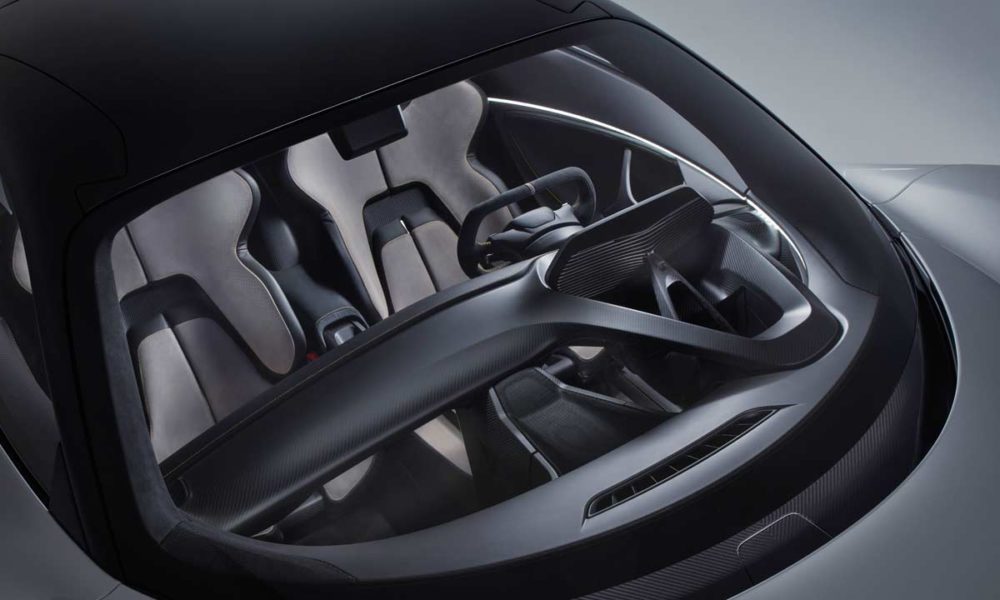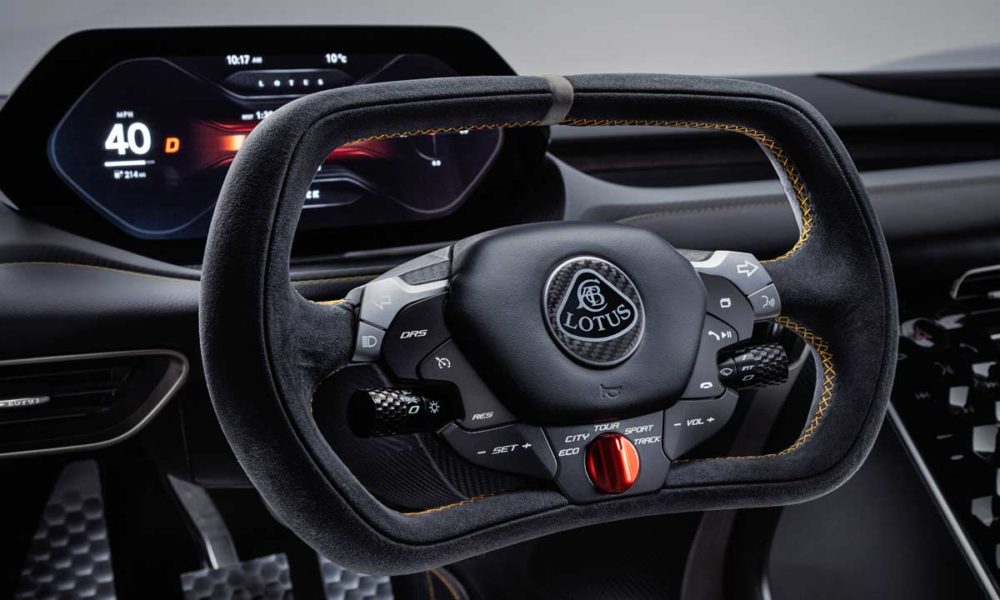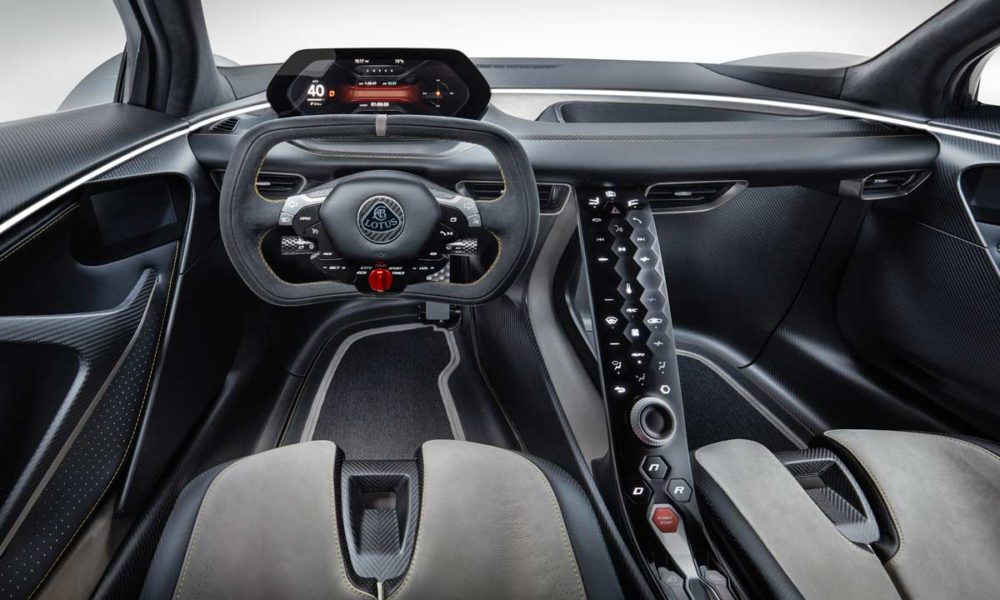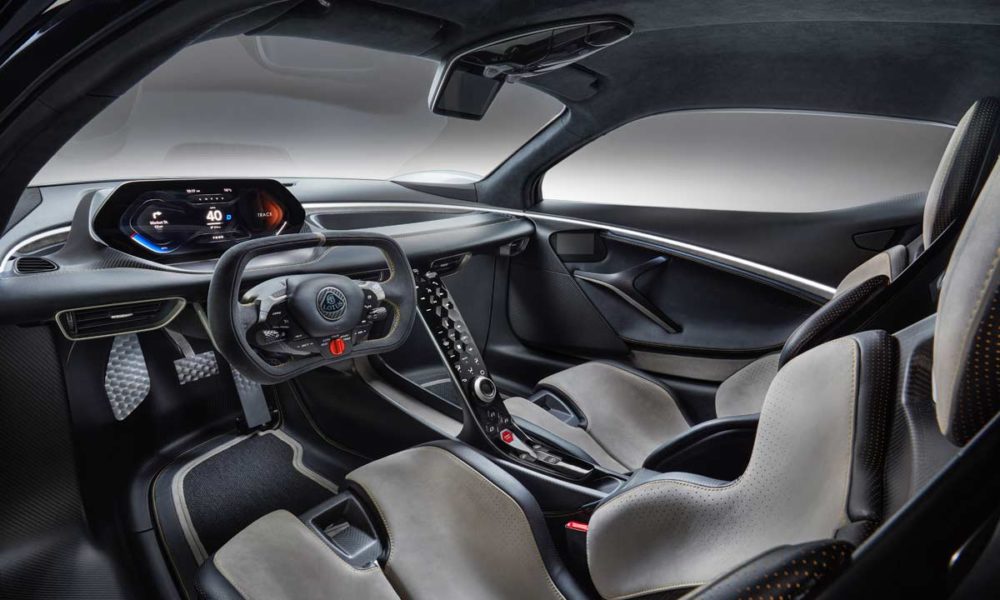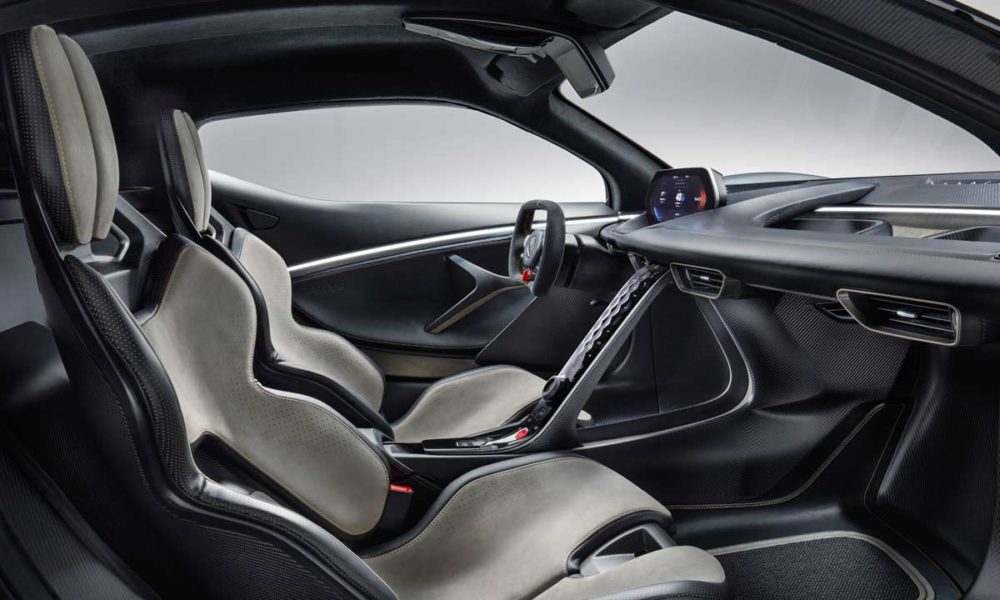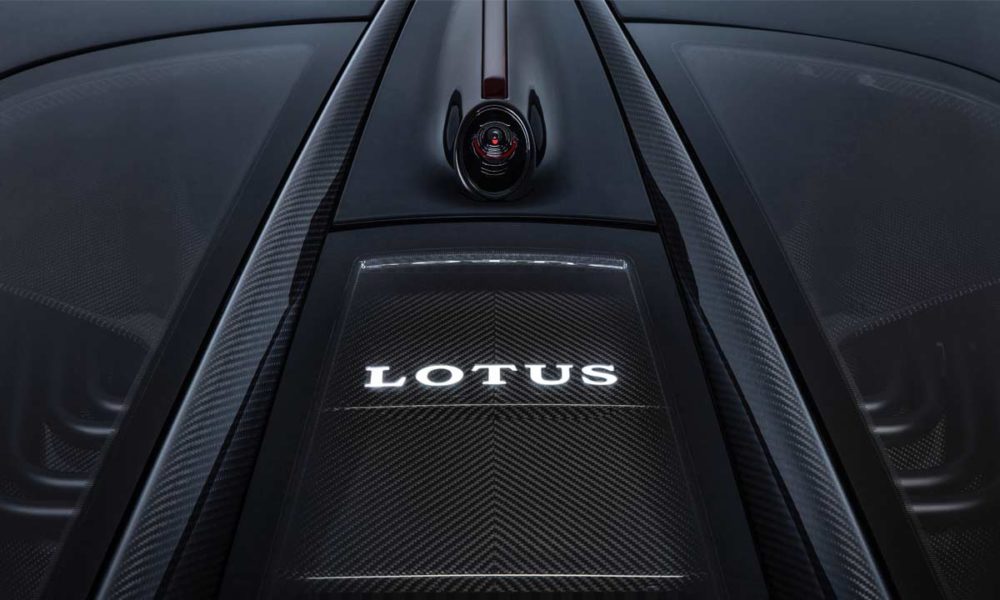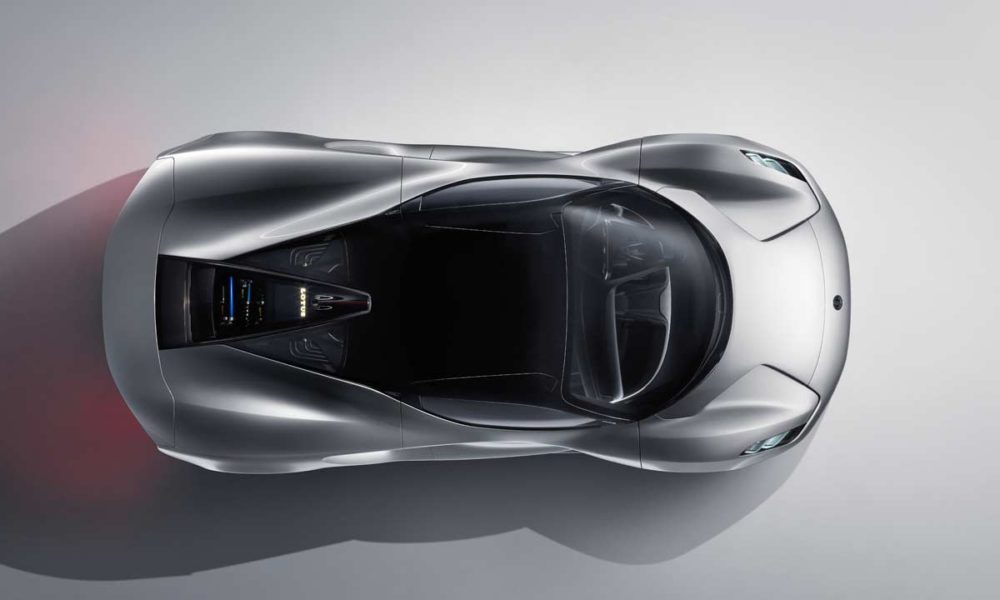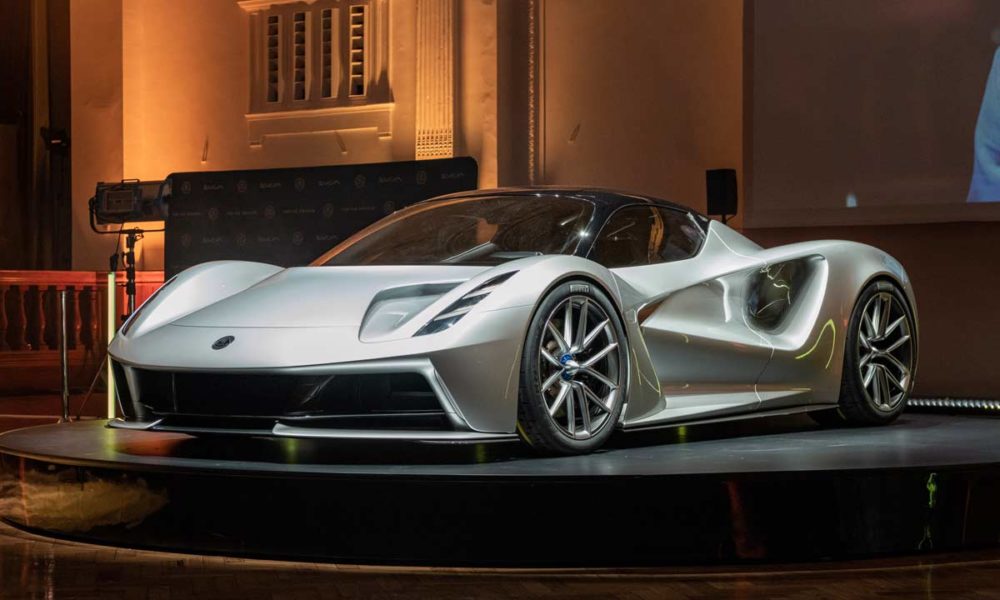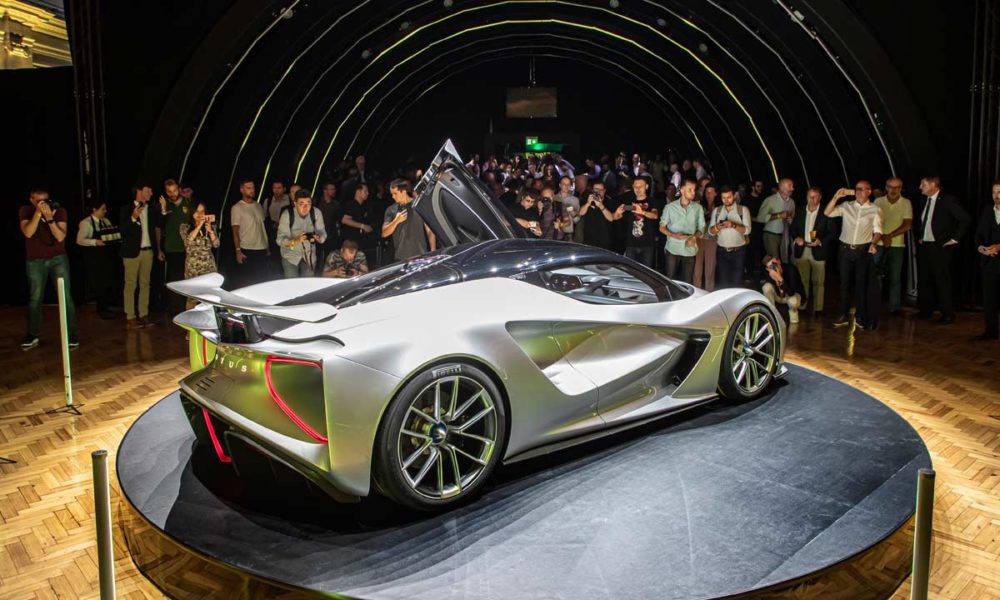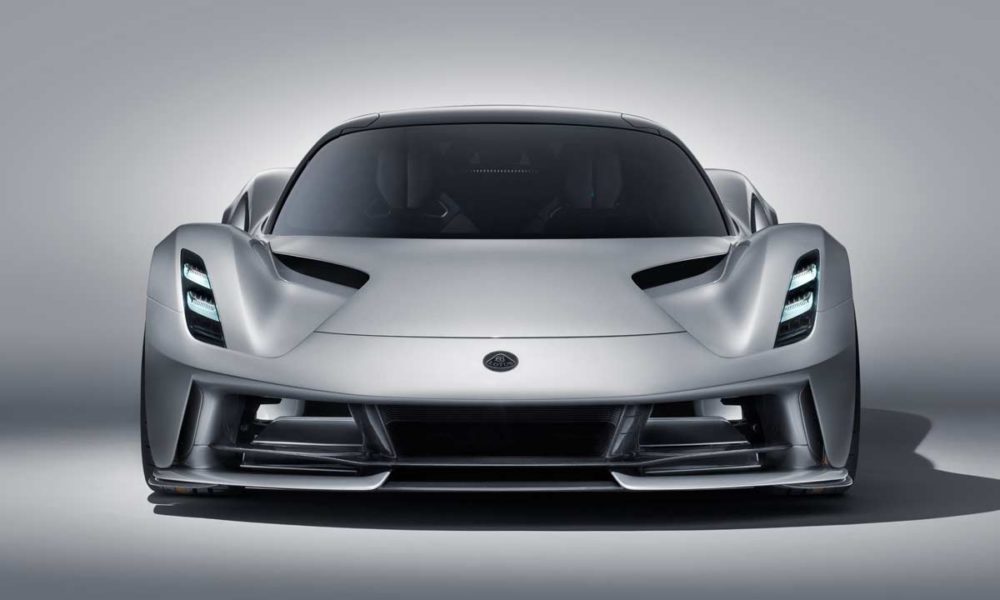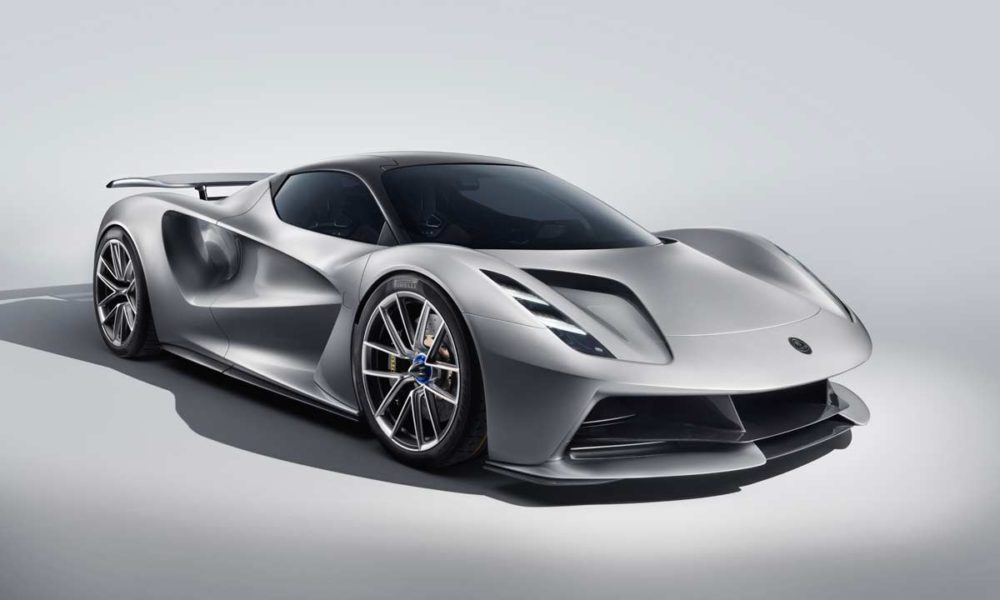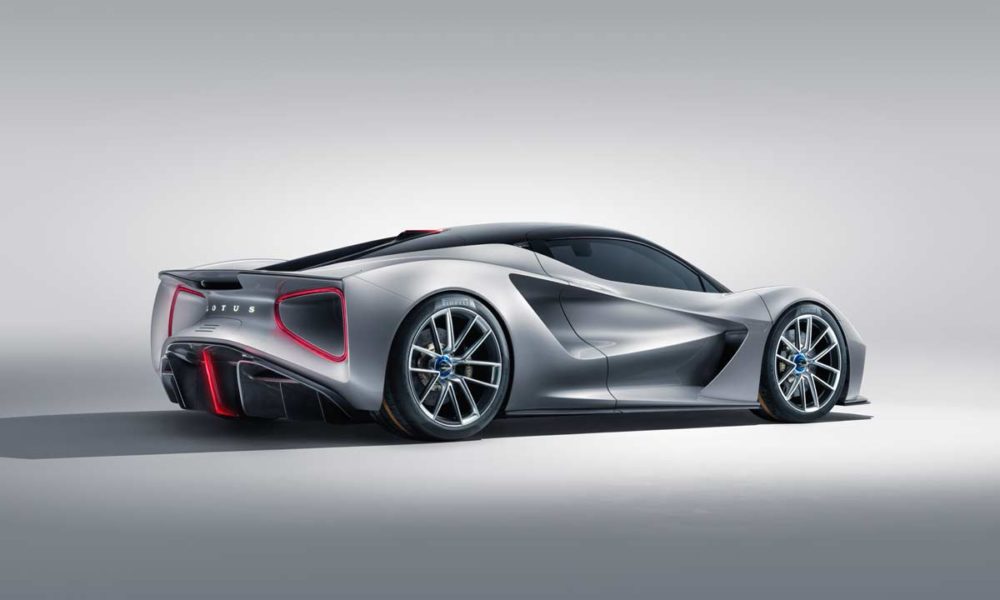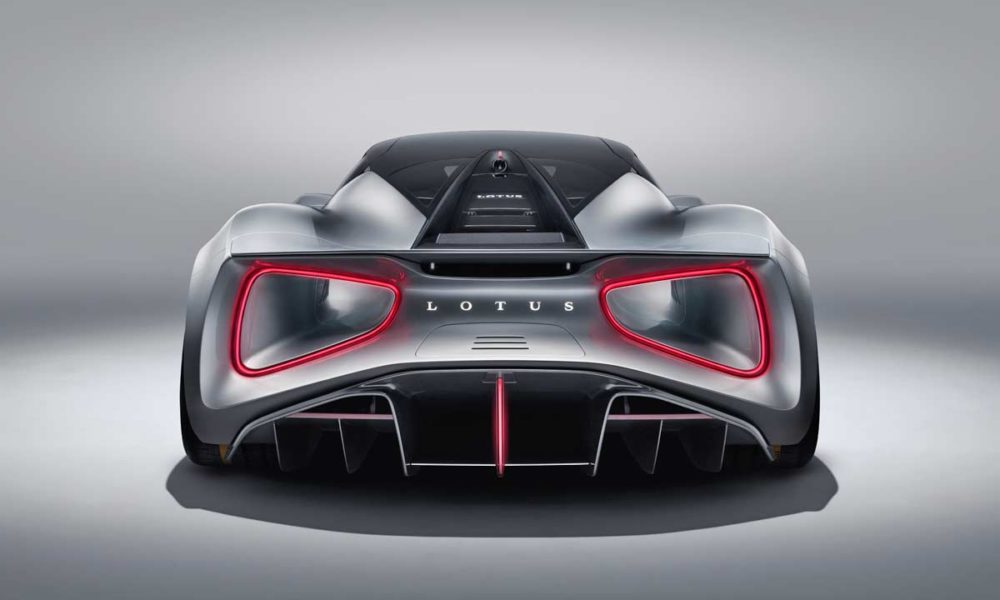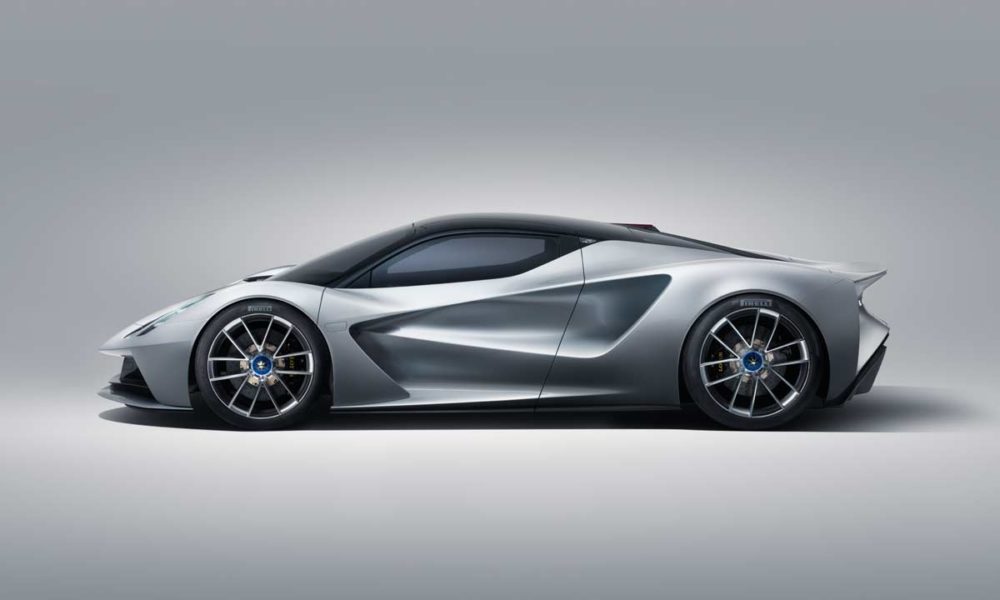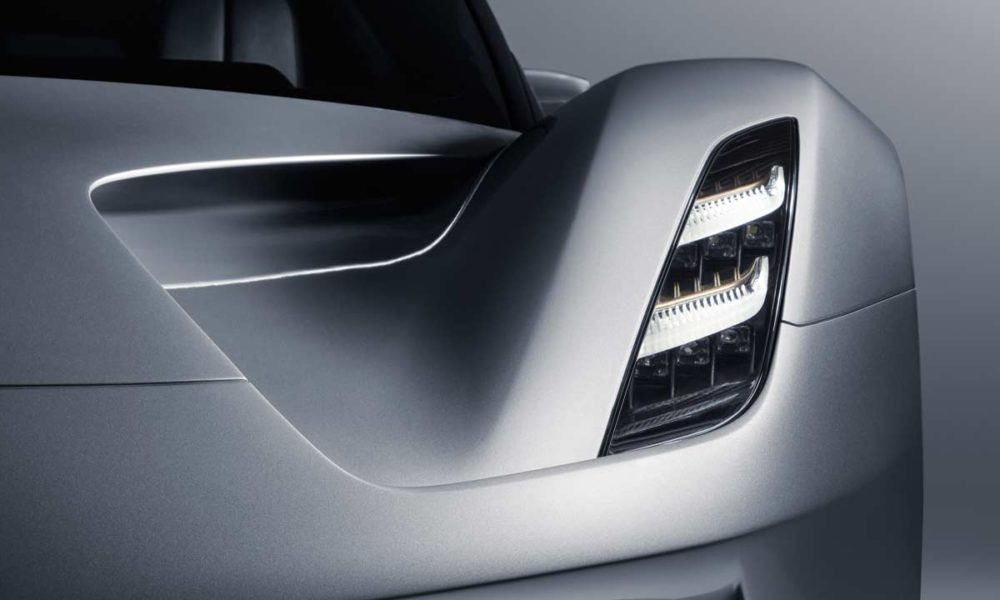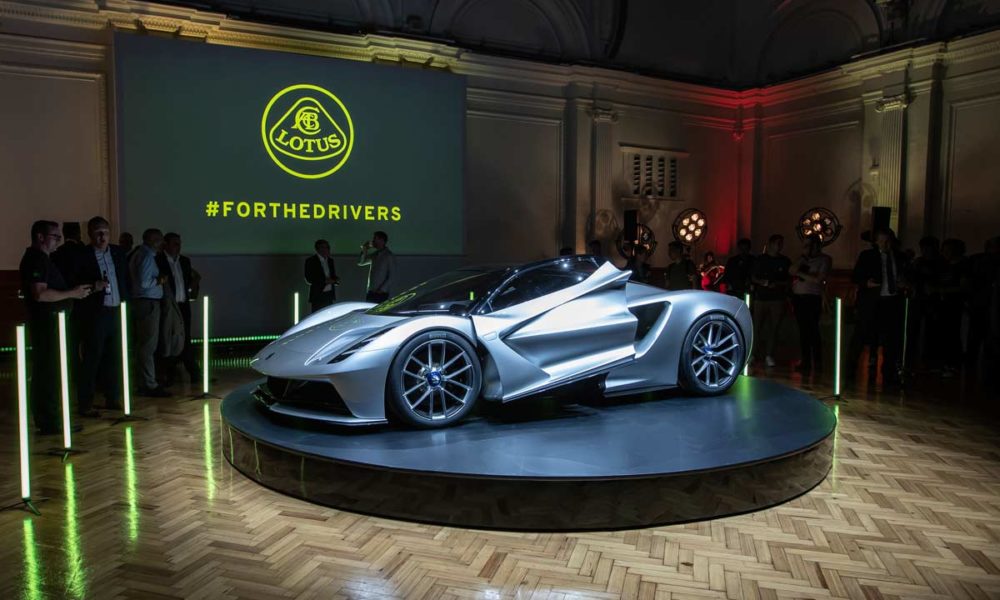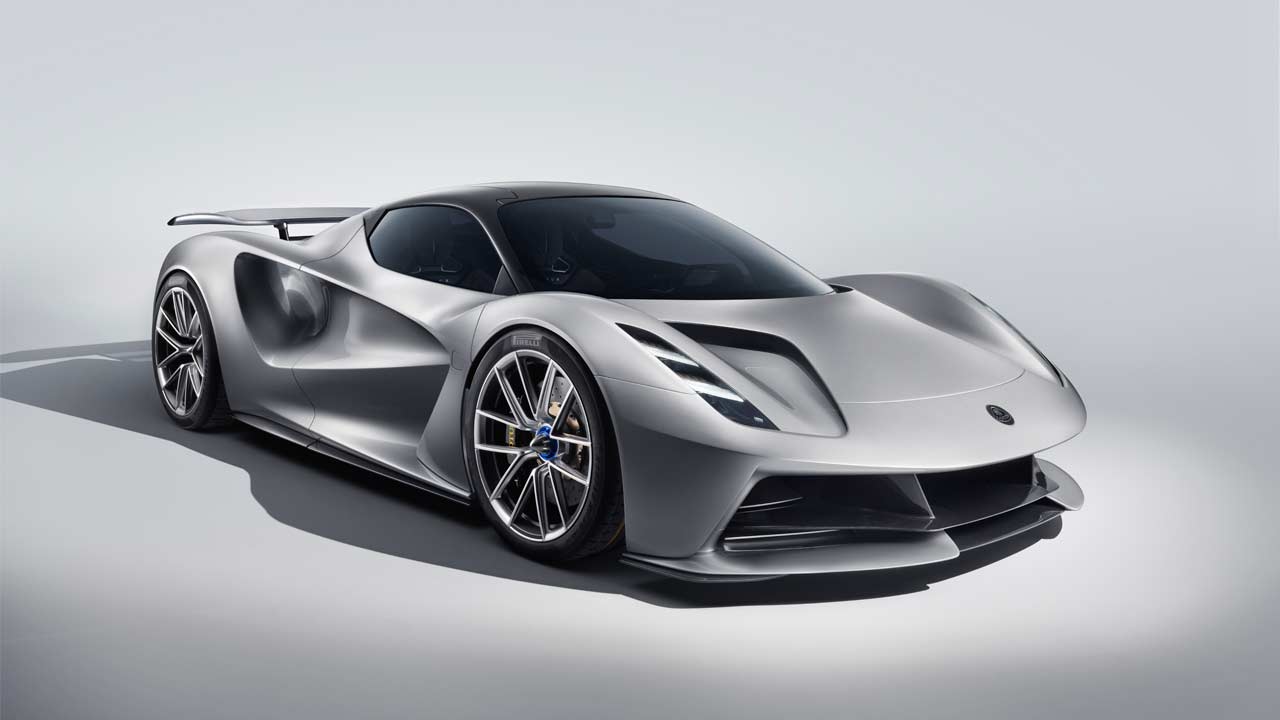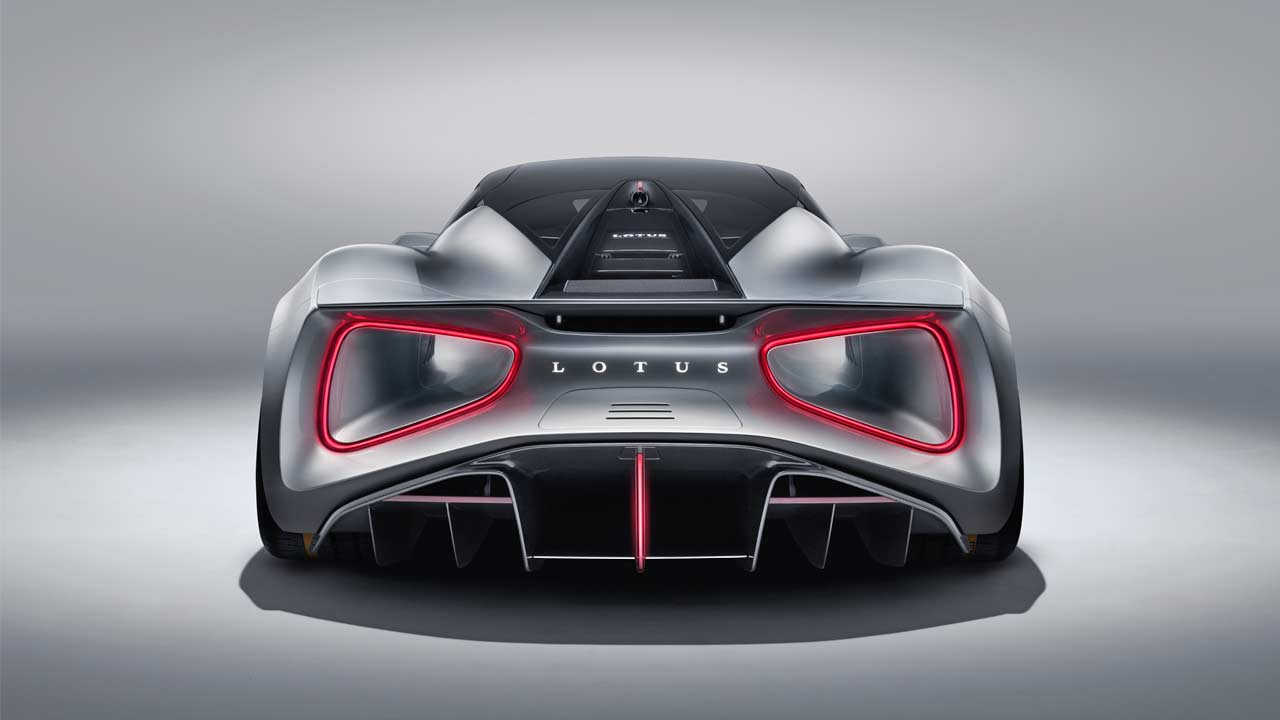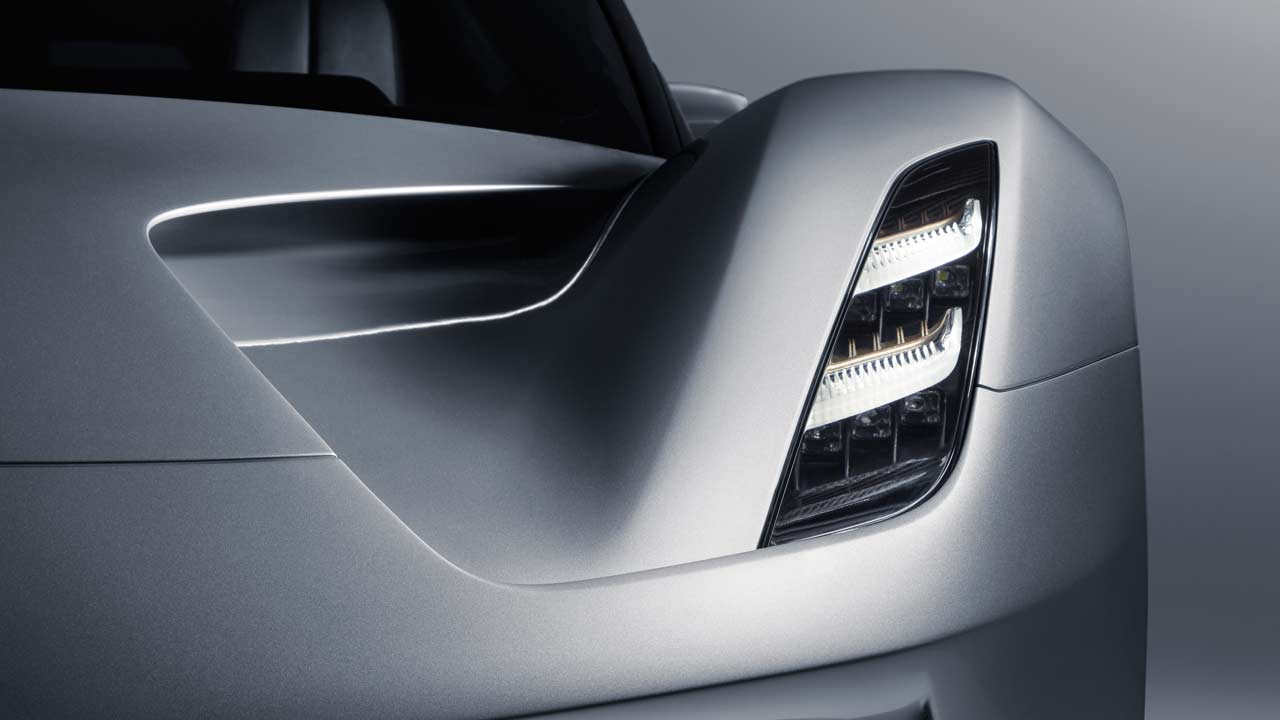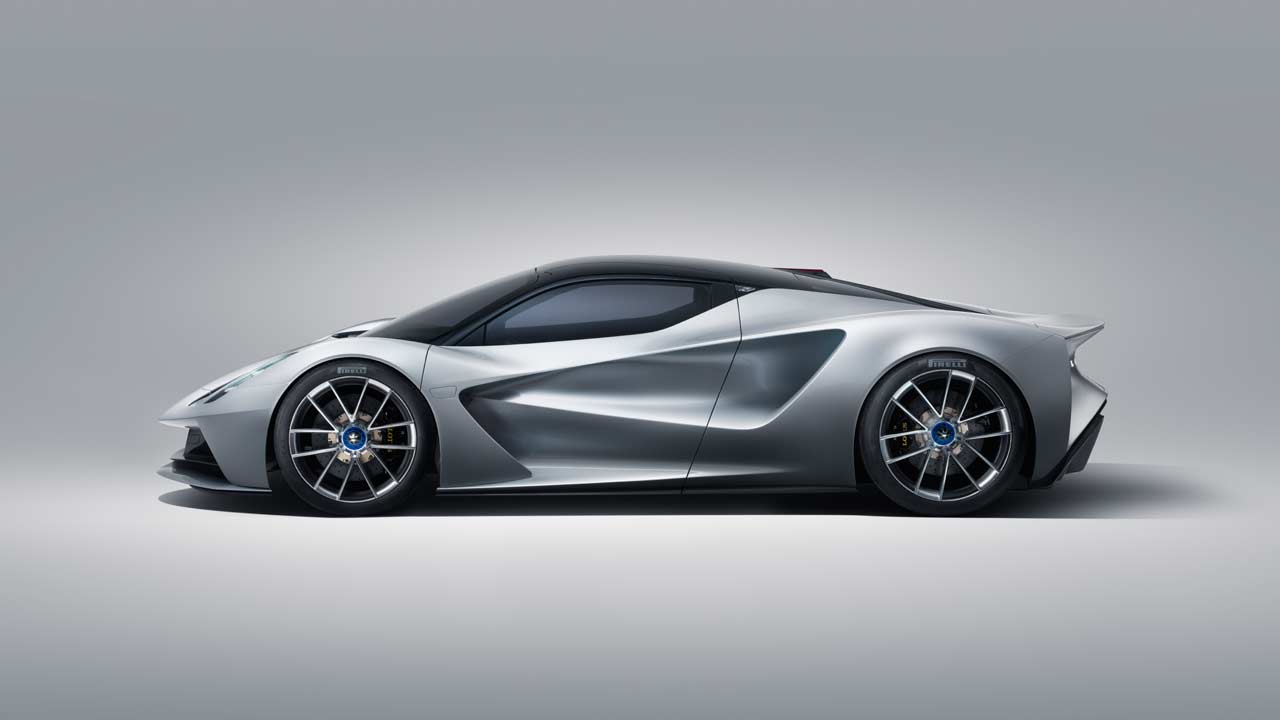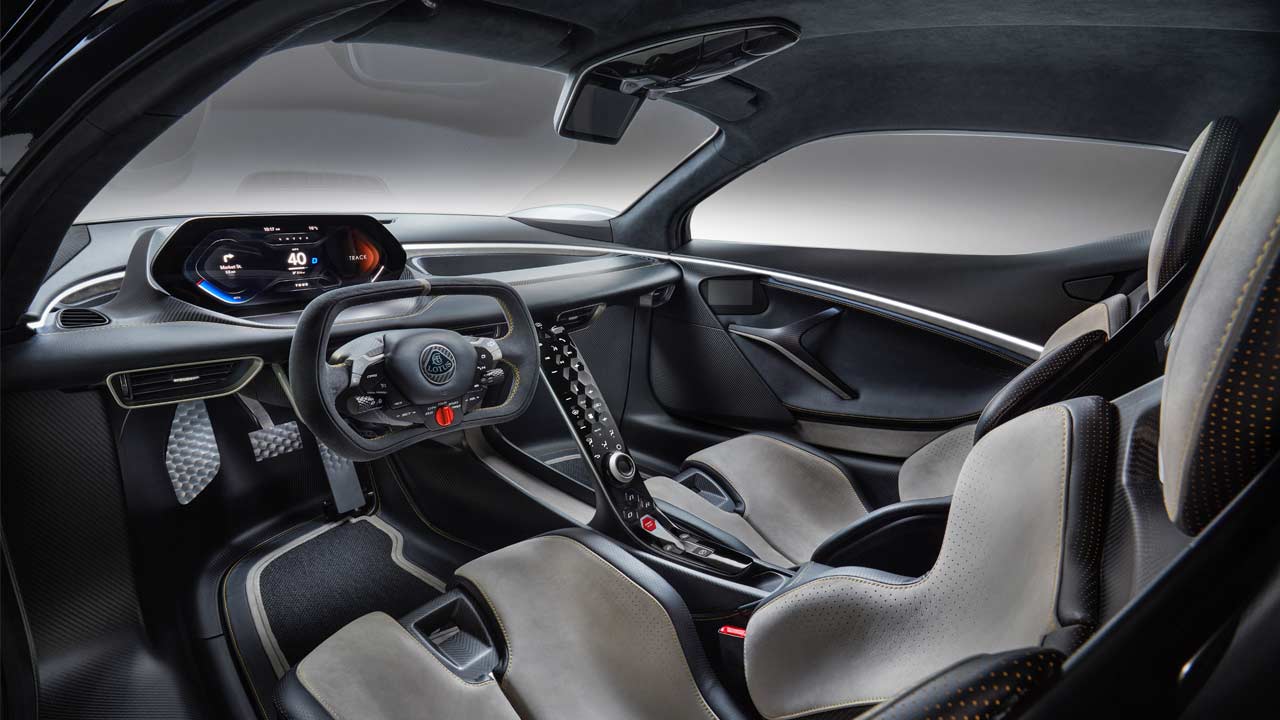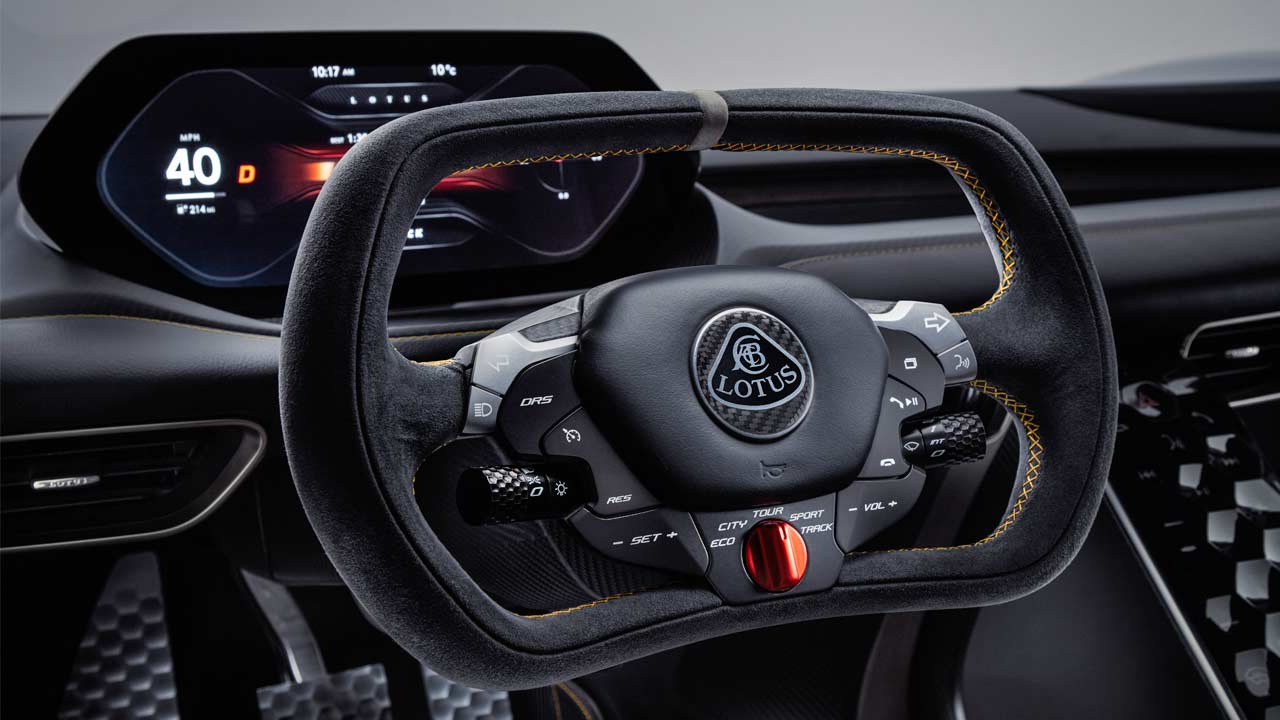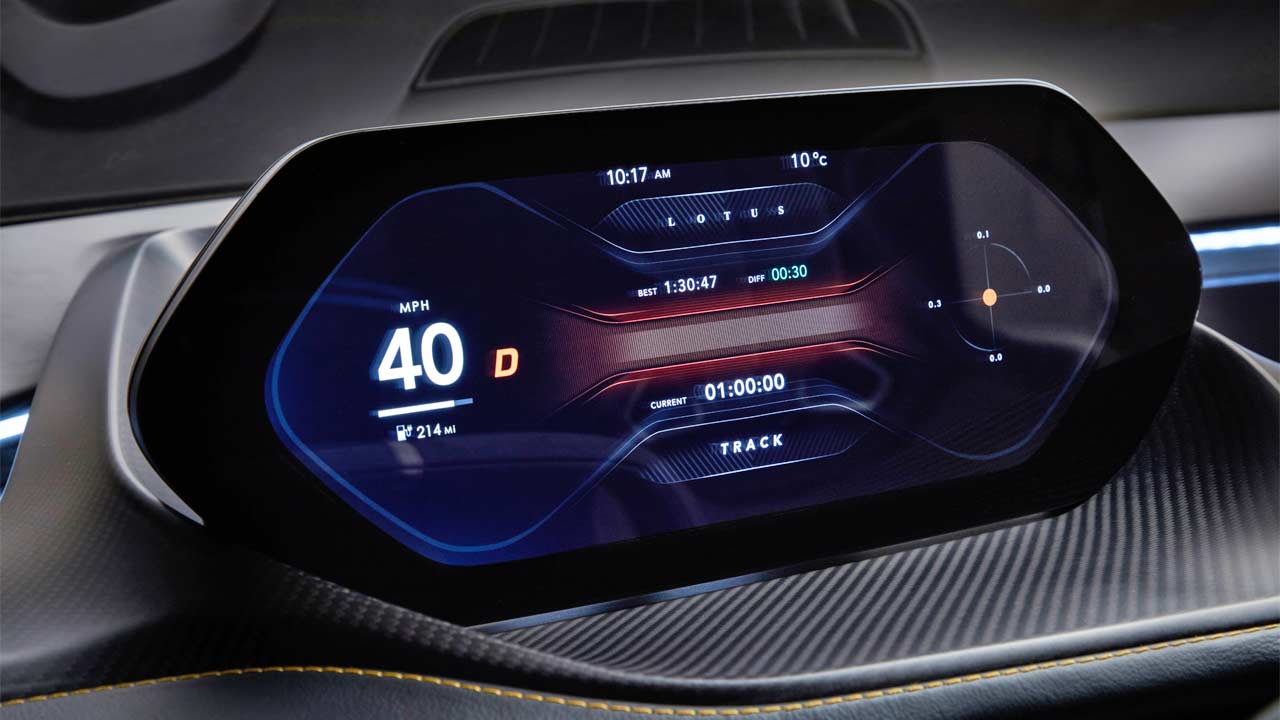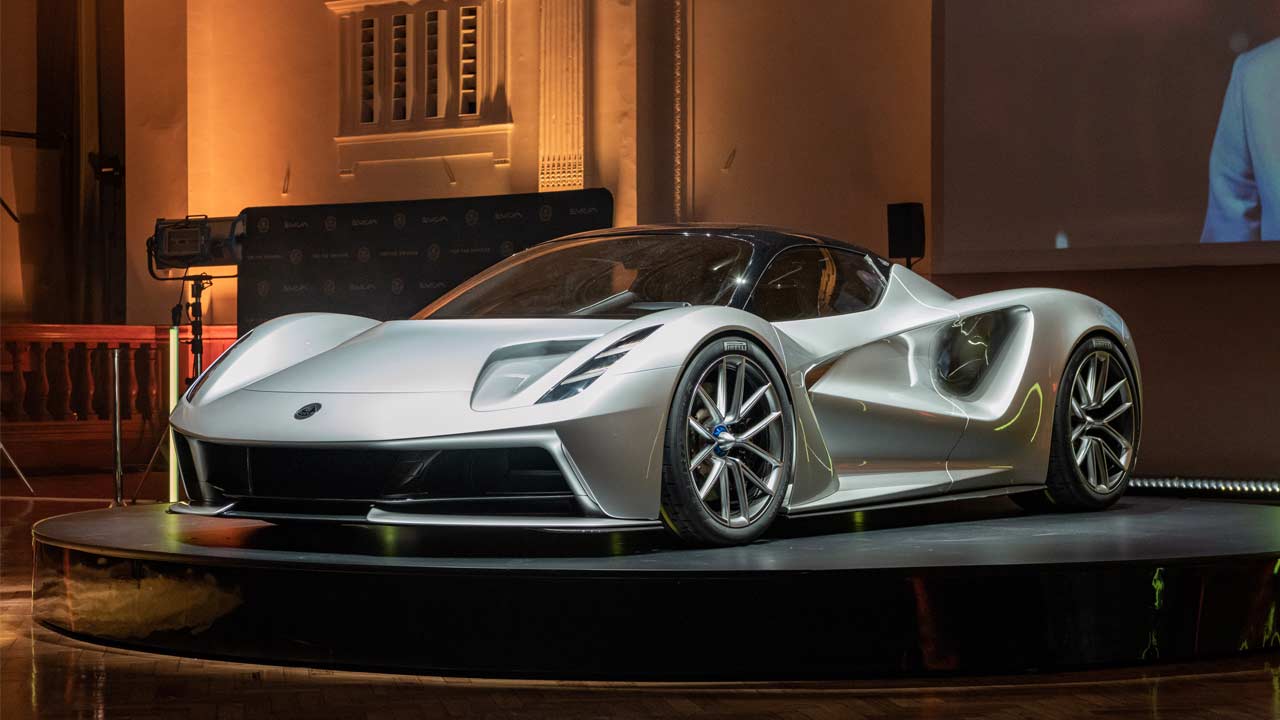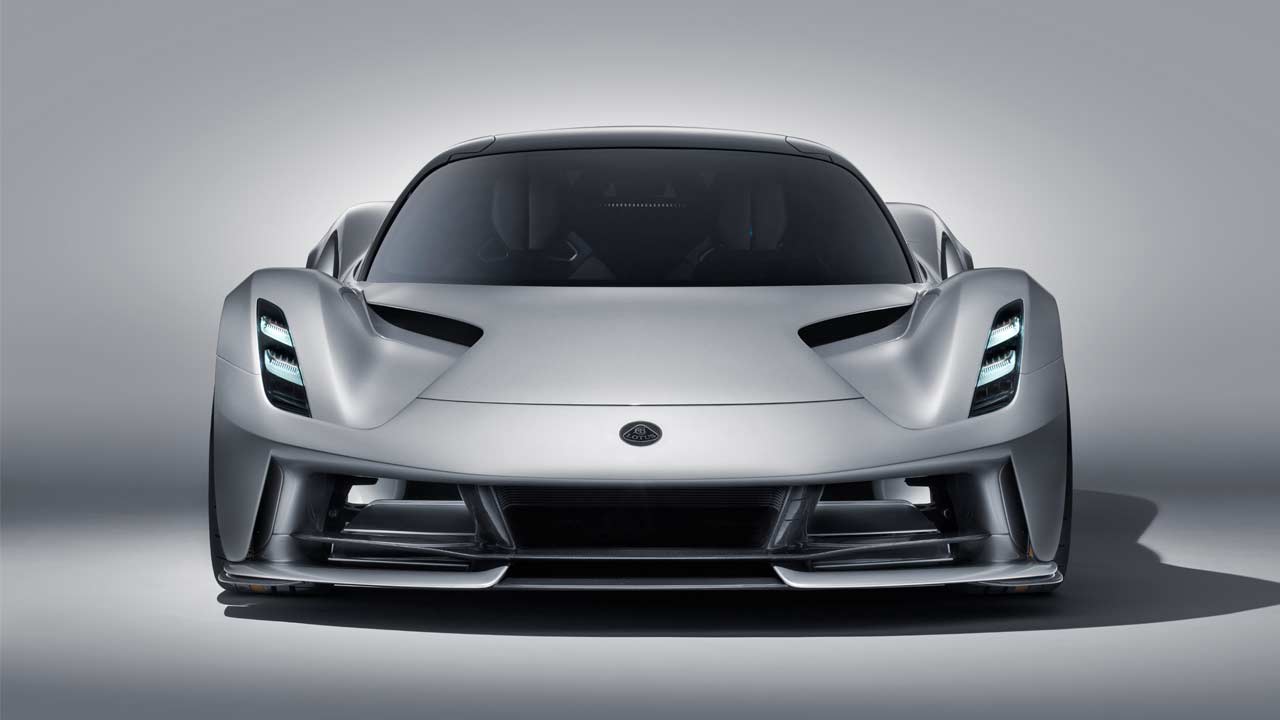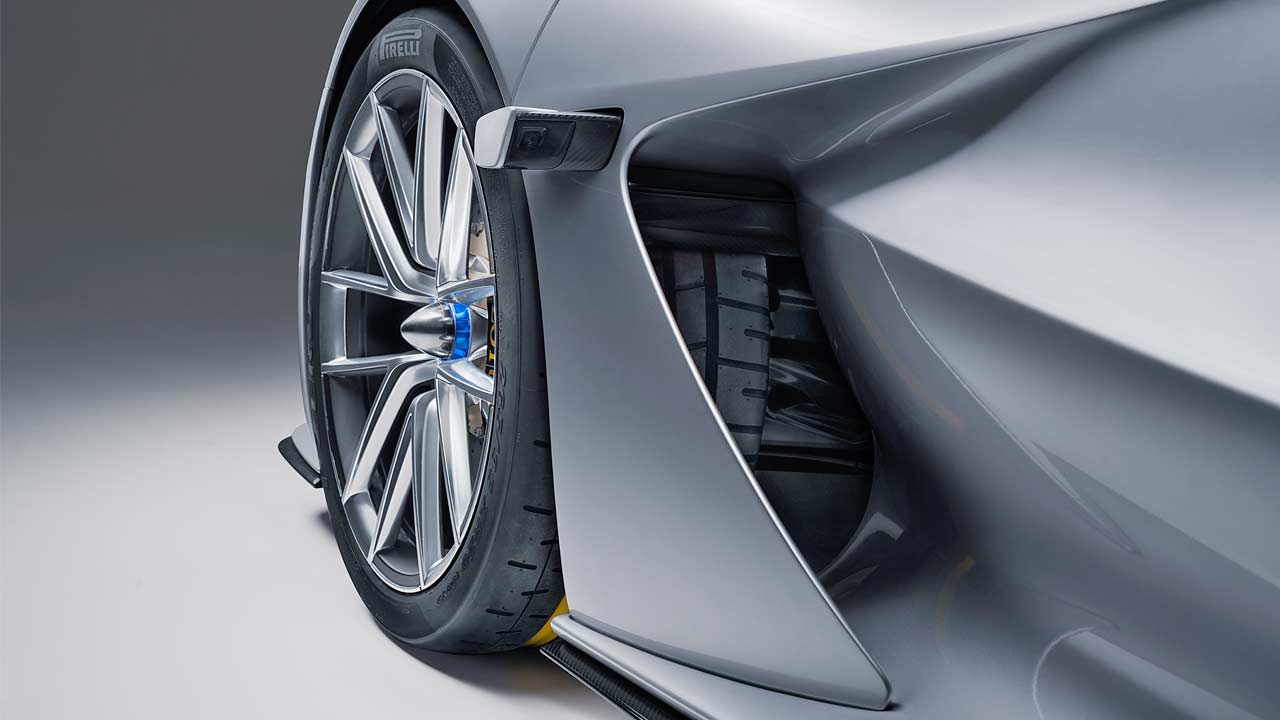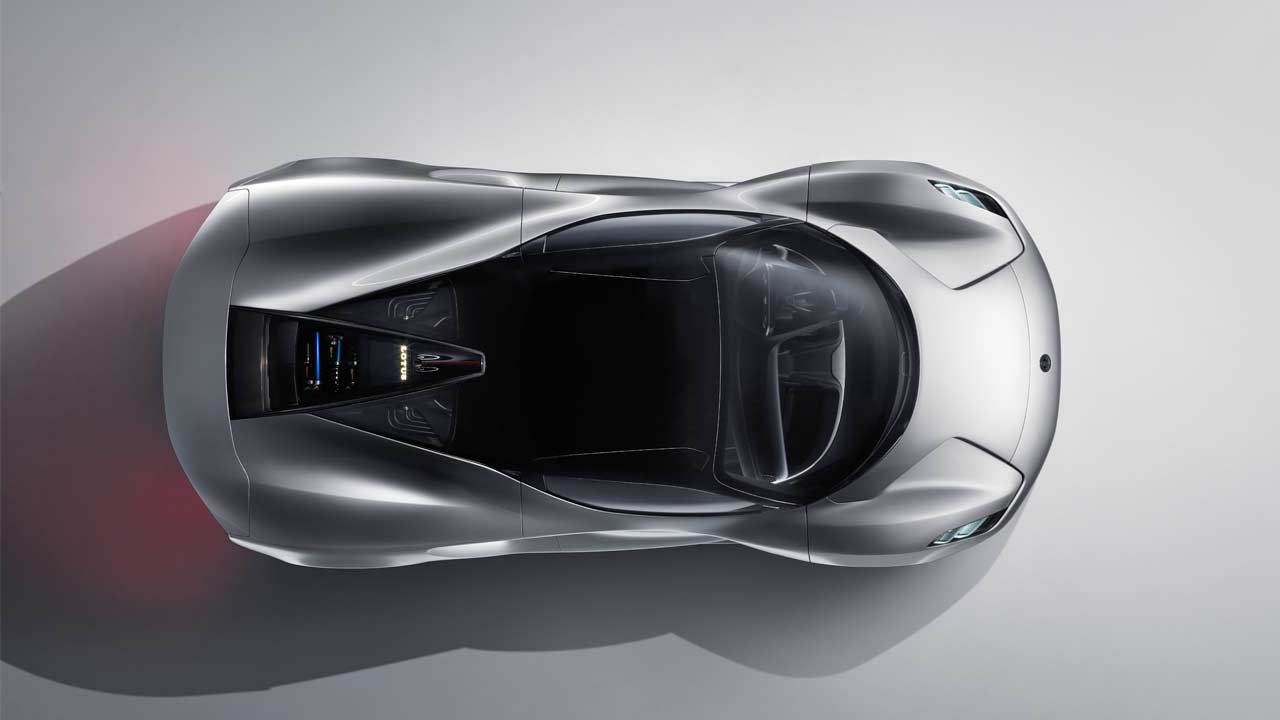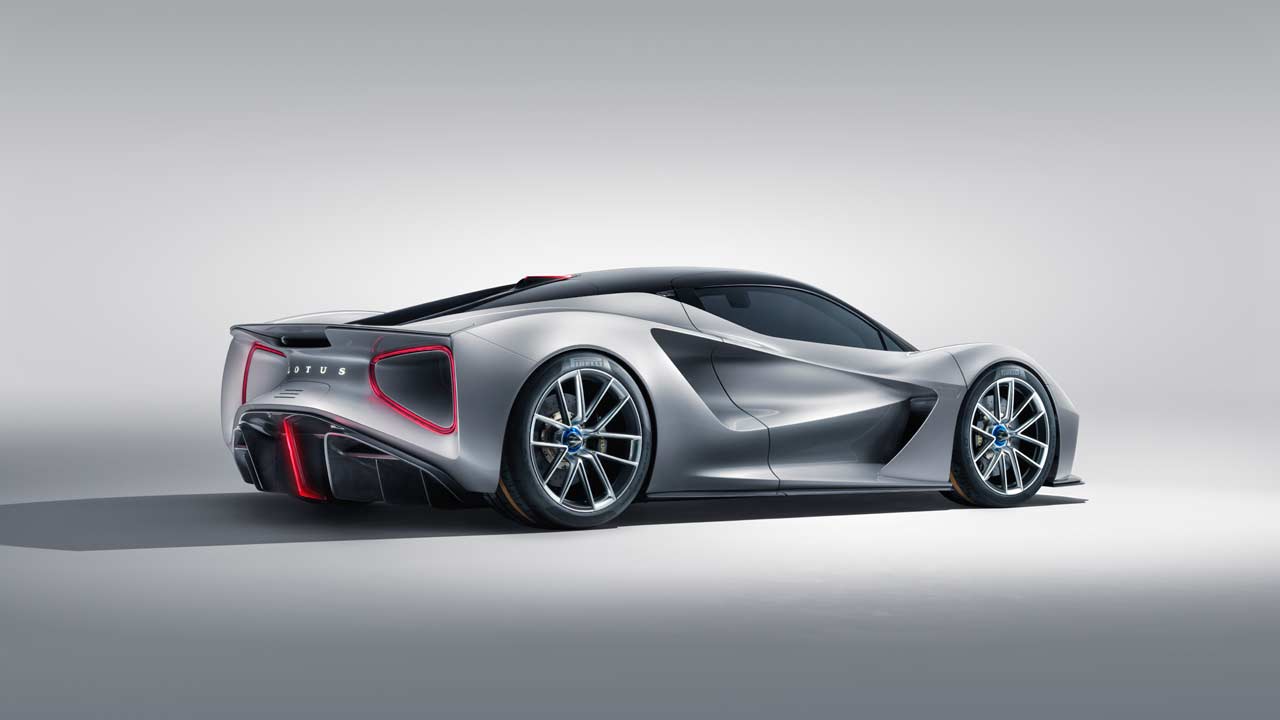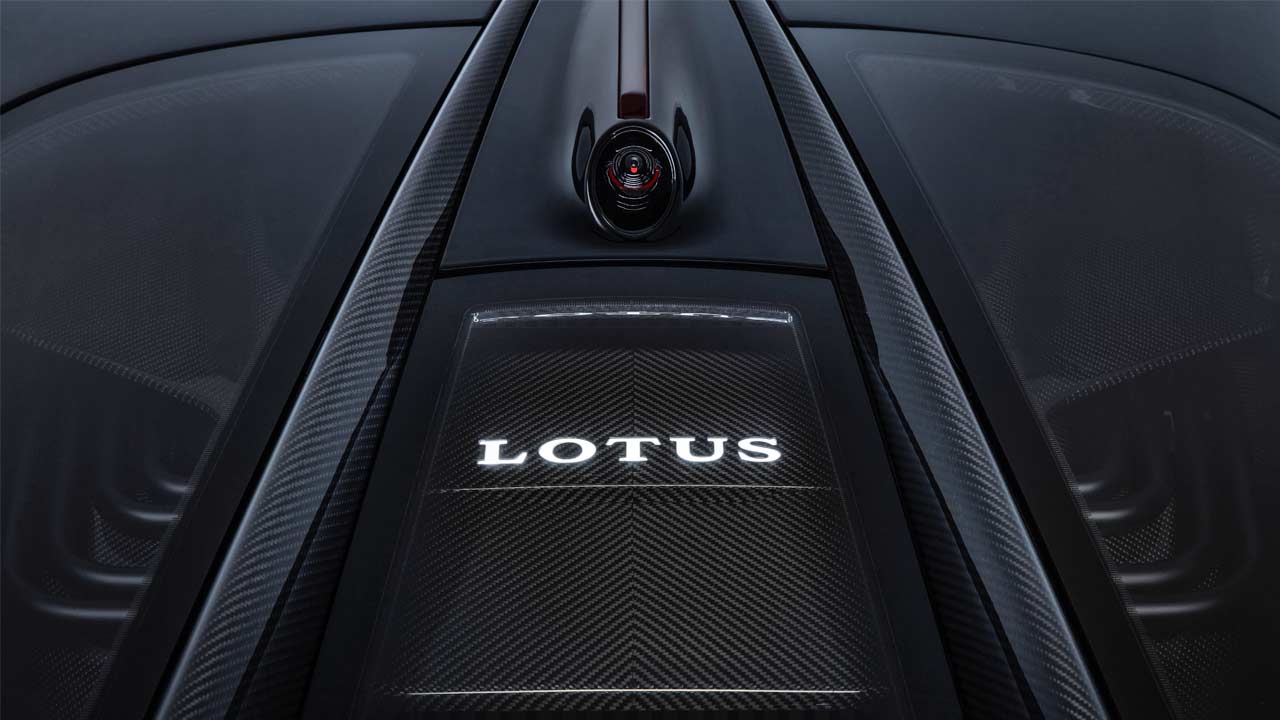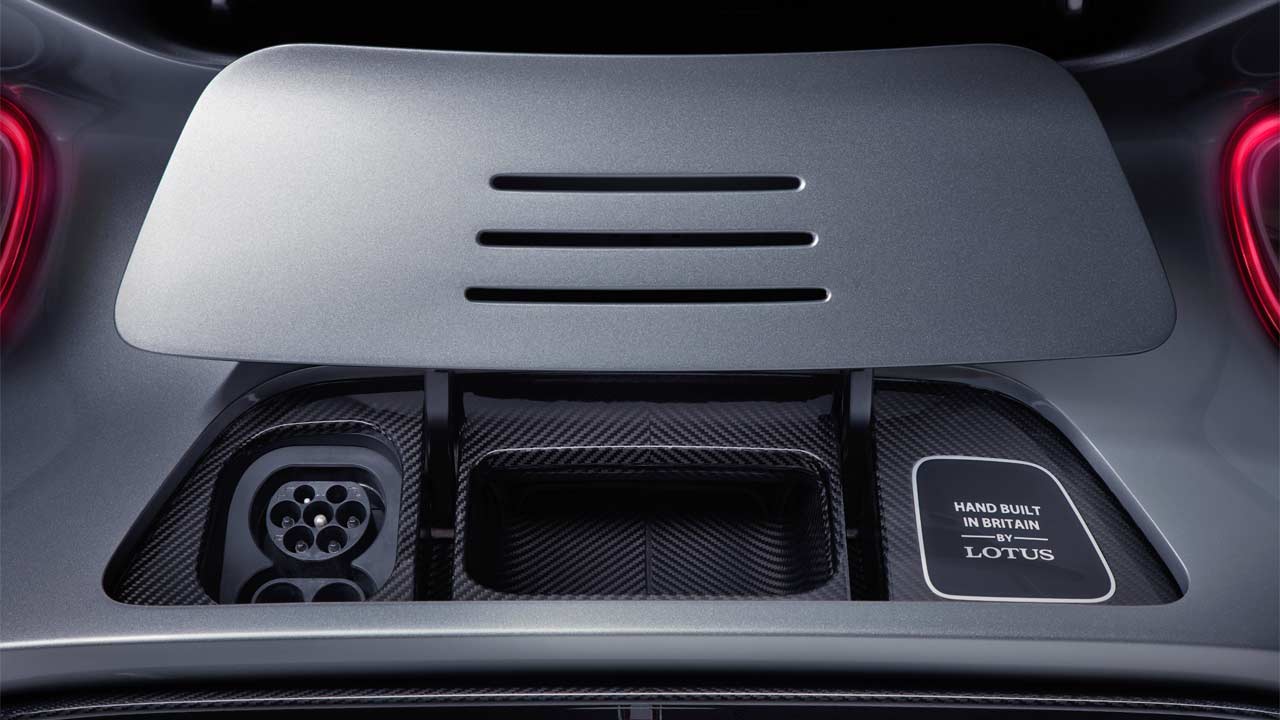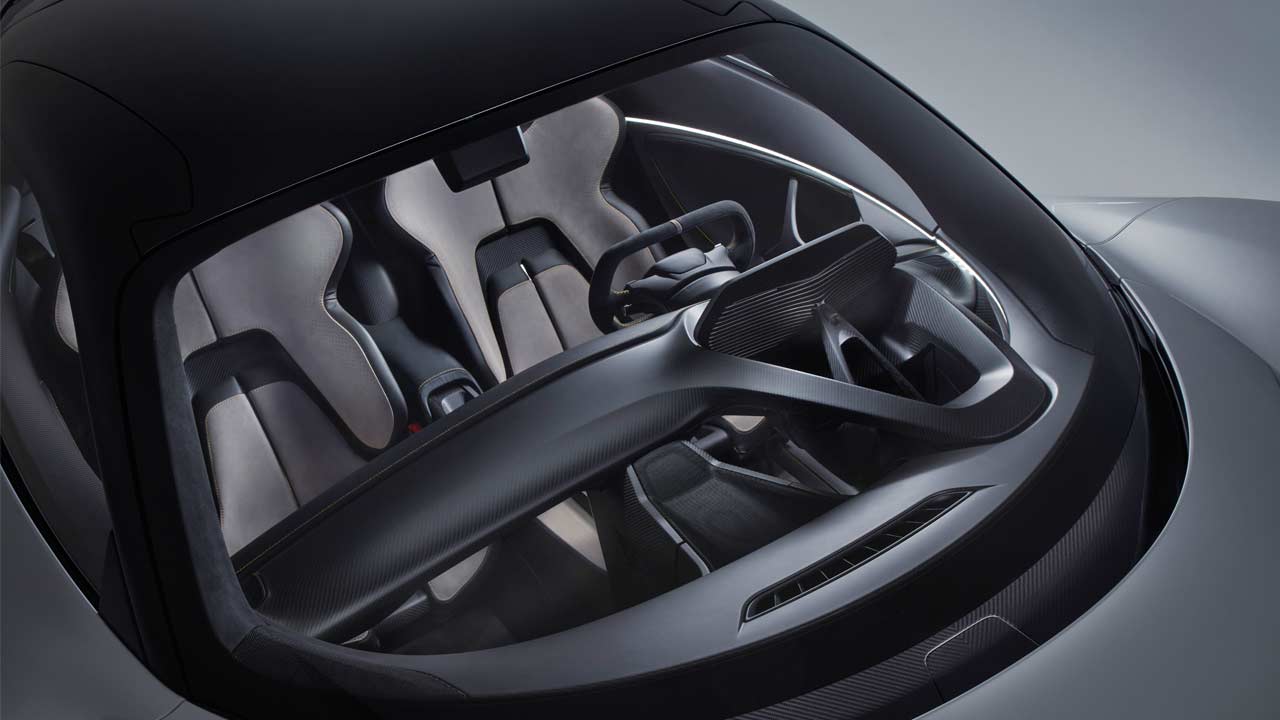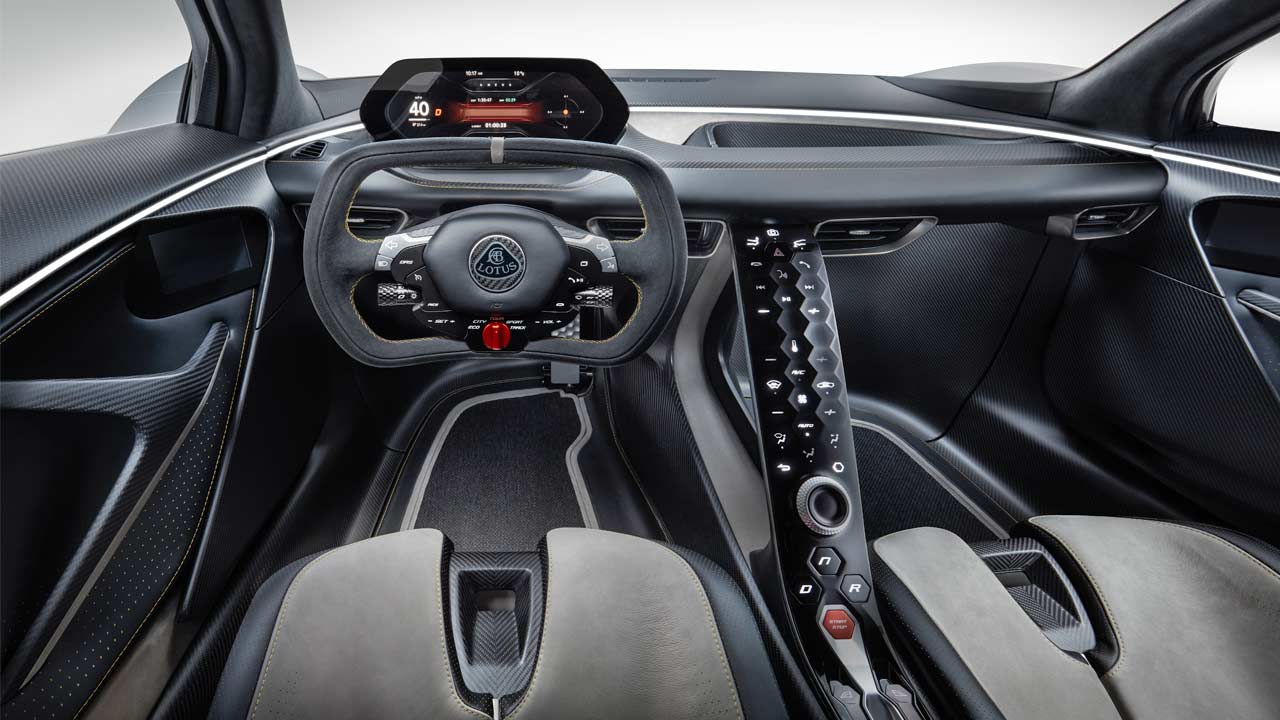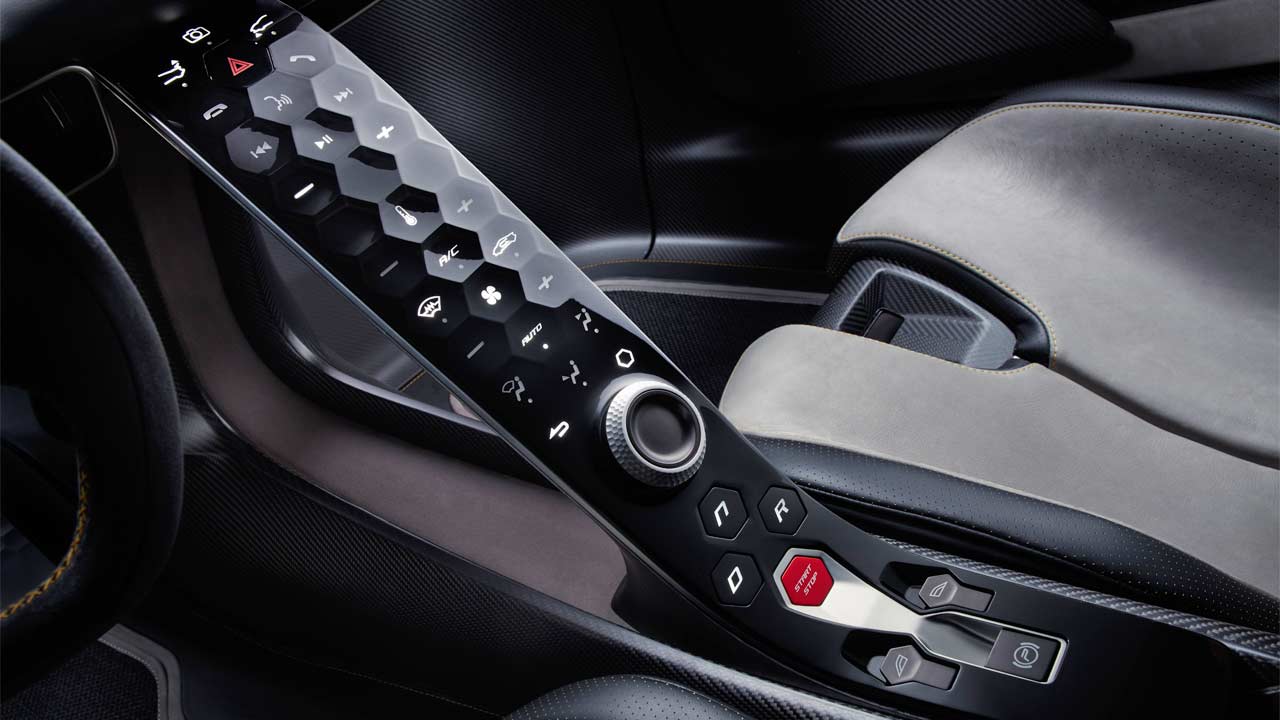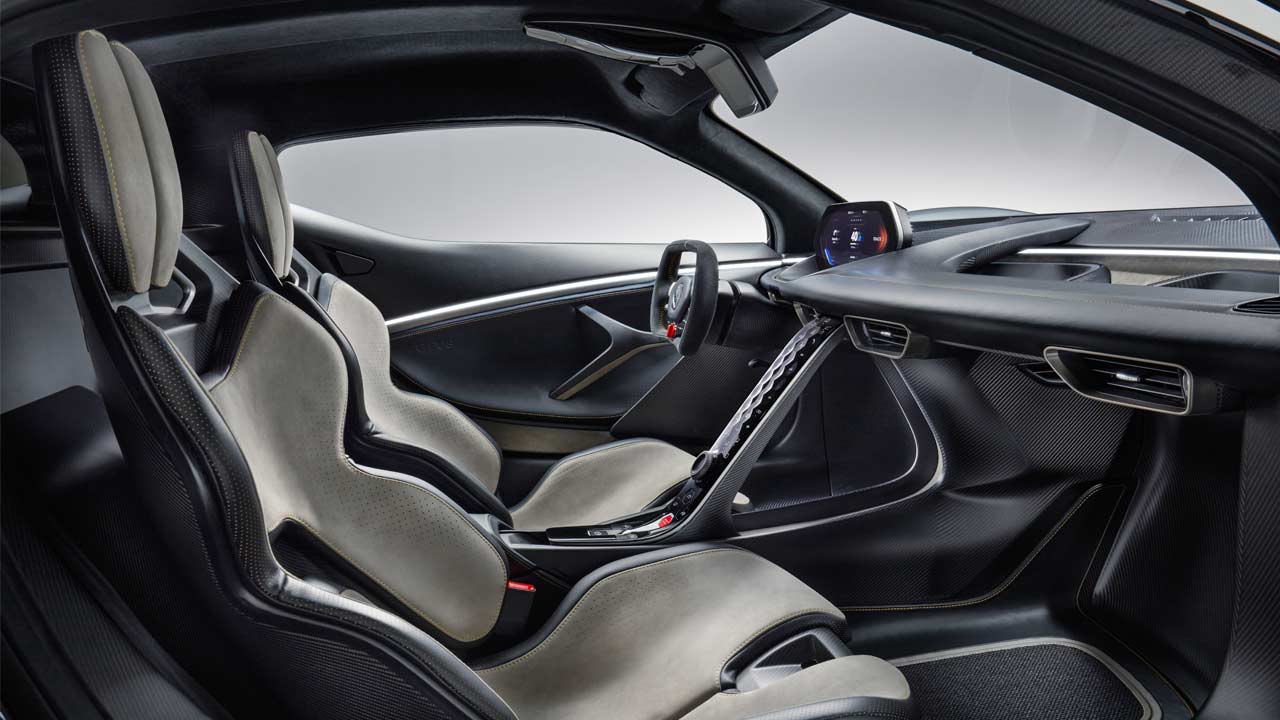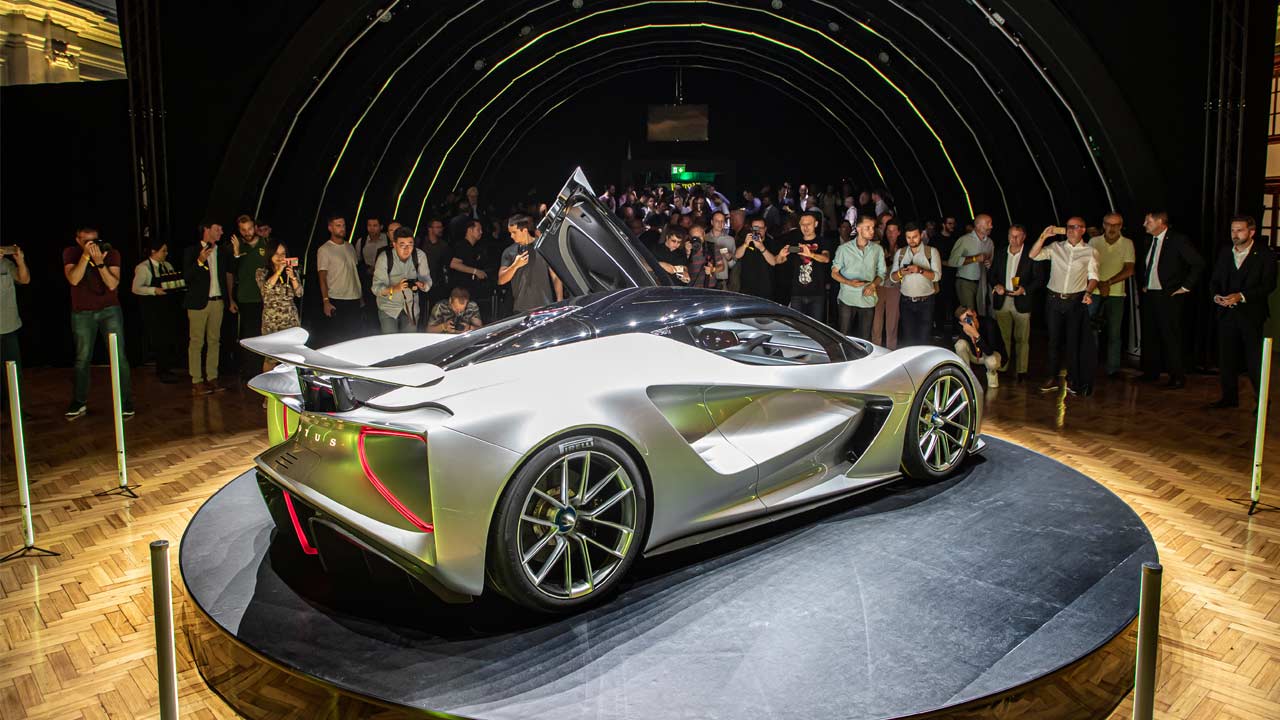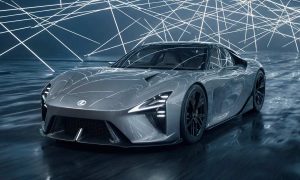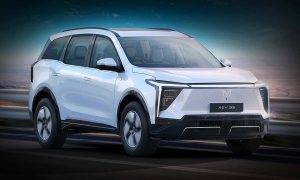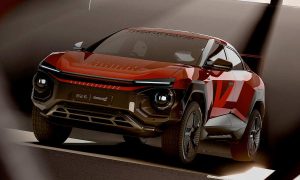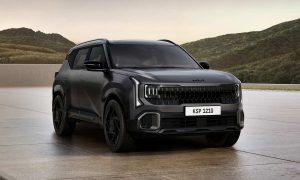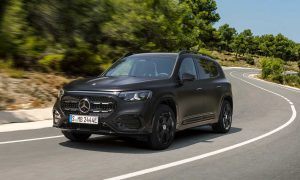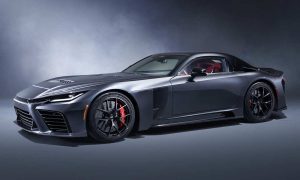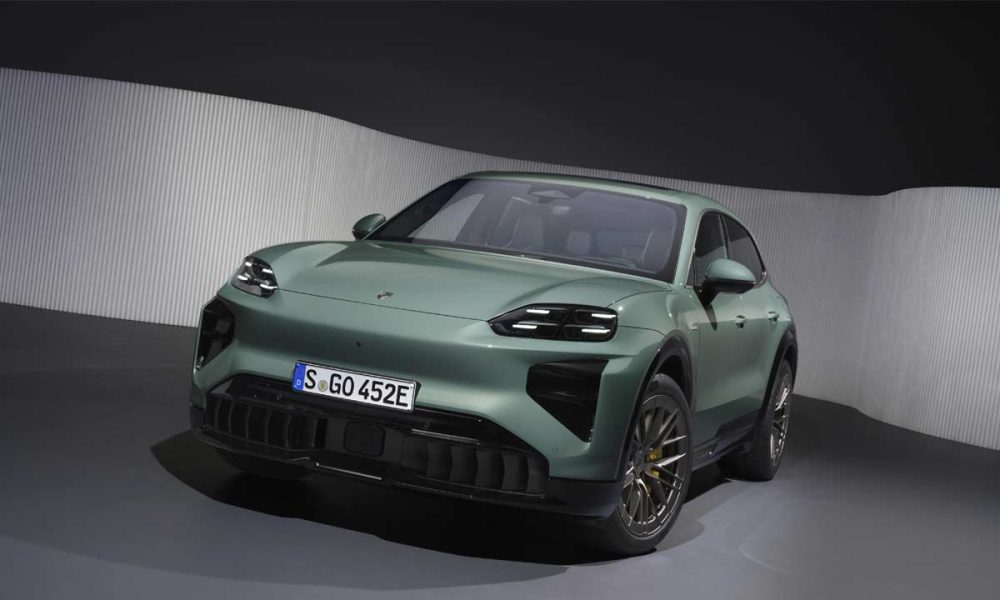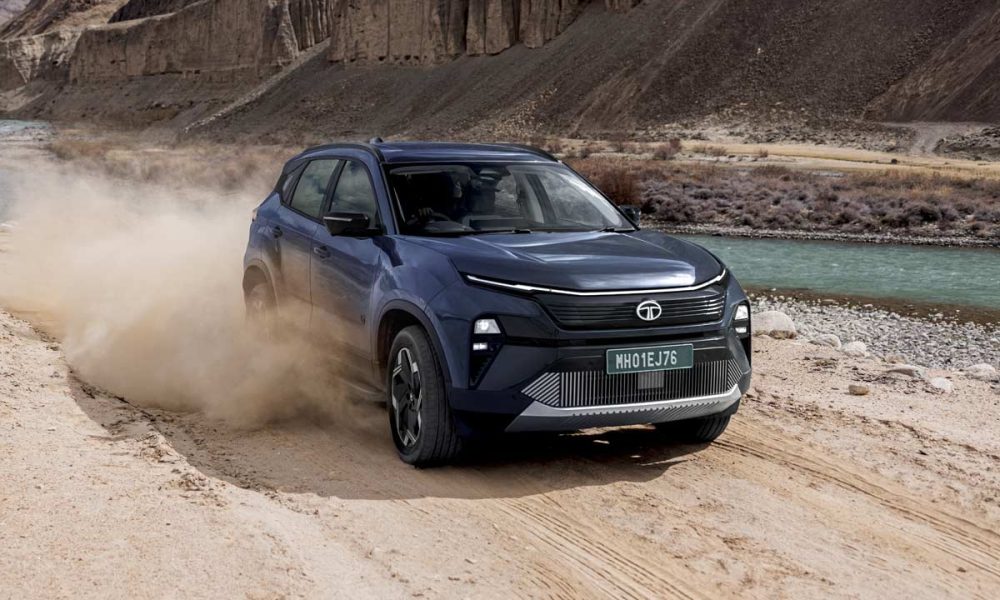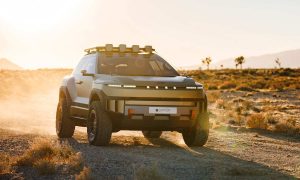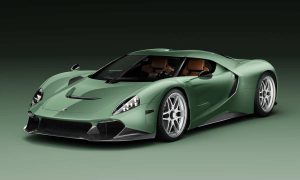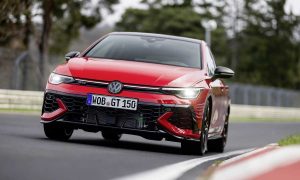It has to be said that the Chinese are helping the old brands resurrect and the new ones to come up with something special. British marque Lotus under the new ownership of Geely, has unveiled a stunning new electric hypercar named Evija.
As with all the recent Lotus cars, this one too starts with the letter E, a more appropriate one in this case. The name Evija (pronounced E-vi-ya) means “the first in existence” or “the living one”. It is the first of its kind in the brand’s 71-year history.
More than anything else, it’s Evija’s dramatic bodywork that is the main talking point here. There are gaps, gapes, negative spaces and tunnels to keep the air around the vehicle charged up. I mean, if you throw a ball inside that vent just behind the door, it comes out at the rear.
There’s much more drama at the rear with the tunnel outlets akin to the afterburners on a fighter jet, especially when seen at night. They’re surrounded by an LED strip with directional indicators incorporated into the corners of the “ribbon”. The reversing light is provided by the illuminated ‘T’ of the ‘LOTUS’ wordmark above the integrated charging flap.
Active aero elements include a rear spoiler (wing), which elevates from its position flush to the upper bodywork, and an F1-style Drag Reduction System (DRS); both are deployed automatically in Track mode, though can be deployed manually in other modes. Also, notice the cameras replacing the traditional wing mirrors.
The Evija is claimed to be the first production road car in the world to feature laser lights for both main and dipped beams. Produced by Osram, the lighting modules feature wing-like elements that form the daytime running lights and directional indicators.
The wheels are magnesium and measure 20- and 21-inches front and rear, respectively. They are shod with Pirelli Trofeo R tyres, developed specifically for the car’s performance. The Evija is also equipped with a forged aluminum AP Racing braking system with carbon ceramic discs front and rear.
The interiors too are equally dramatic with lots of negative spaces. There’s a ‘floating wing’ dashboard that can be glimpsed from outside through the windscreen. The carbon fibre shell seats are hand-trimmed with thick Alcantara-finished pads, and feature manual fore/aft adjustment plus electric back operation; the driving position is claimed to accommodate the greatest range of occupants. The buttons to close the dihedral doors are on the roof.
Other features include a steering that is similar to the one in an LMP or F1 car, a digital display, and ‘ski slope-style’ centre console featuring touch-sensitive haptic feedback buttons. There are 5 modes to play with – Range, City, Tour, Sport and Track – with various of the car’s performance features activated or deactivated depending on which is selected.
Moving on to the business end of the story, the Evija gets 4 electric motors forming an AWD and torque vectoring. The total output is expected to be 1,471 kW (2,000 metric hp) and 1,700 Nm (1,254 lb-ft) of torque. 0-100 km/h (62 mph) target time is under 3 seconds and 0-300 km/h (186 mph) is expected to happen under 9 seconds. The top speed target is over 320 km/h (199+ mph).
The mid-mounted 70 kWh lithium-ion battery, supplied with its management system by Williams Advanced Engineering (WAE), is claimed to offer a range of up to 400 km (248.5 mi) as per WLTP. With a 350 kW charger, the charging time is claimed to be 18 minutes for 100%.
Last but not the least, the carbon fibre monocoque is supplied by CPC, the Modena-based leader in composite technology; the car’s target weight is 1,680 kg (3,704 lbs).
Only 130 units will be built and production begins next year. The Evija is priced at £1.7 million plus duties and taxes, and Lotus will ask you to deposit £250,000 to secure a production slot.

Leave a Reply
Note: Comments that are unrelated to the post above get automatically filtered into the trash bin.
